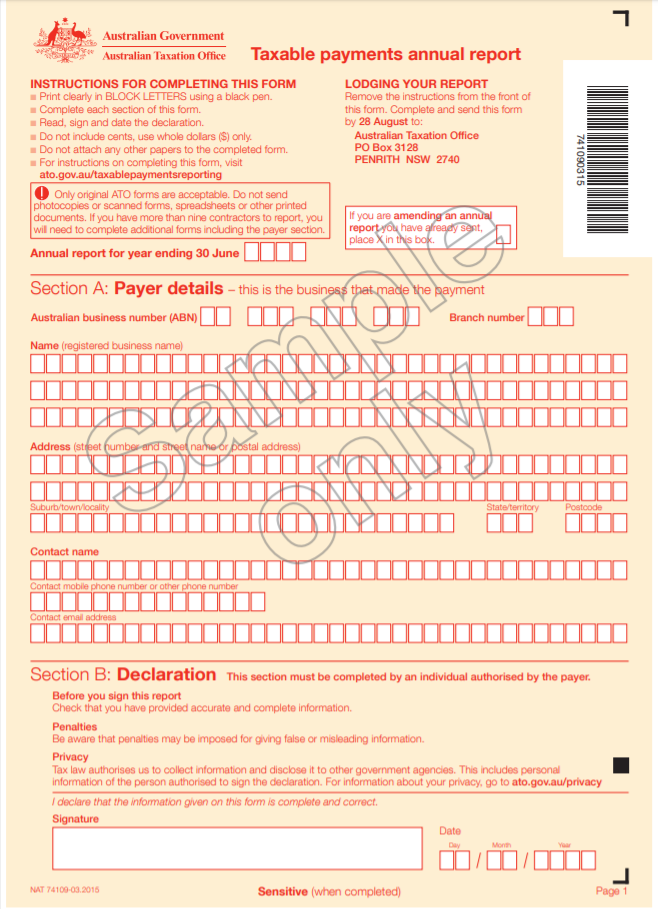Use the unused carry forward concessional superannuation contribution cap Save Tax and boost your Superannuation balance
The fundamentals behind the ‘carry forward’ unused cap rules are outlined below.
A concessional contribution is a contribution to your super fund before tax. They are taxed at a flat rate of 15% in your super fund.
Concessional contributions can come from following sources
- Your employer (super guarantee contribution),
- Salary sacrifice superannuation contribution
- Personal concessional superannuation contribution
The combined total of the contributions from each of these sources counts towards your concessional contribution cap.
The concessional contribution cap is $27,500 per year ($25,000 up to the year 2021). That means the total superannuation contribution paid from all the above sources for any one in Australia should be within the cap of $27,500.
The advantage is, if the tax payer has employer contribution (including the salary sacrifice contribution) less than the cap, he can use the remaining cap and directly contribute to his superannuation fund and claim the same amount as deduction in the tax return. For example if the employer contribution for Ms Nicole during he financial year 2018 is $12,000, she could do personal concessional contribution of $13,000 (cap $25,000 – actual $12,000) and claim $13,000 in her tax return as deduction. This is the major deduction and saving considerable tax to her.
Until 2019 year, all the assesses were eligible to use the concessional contribution cap available for each year. If they fail to make use of the available cap in that year, the same will not be available to use in the following years. In the above example if Ms Nicole was unable to make the personal contribution of $13,000 before 30th June 2018, she would lose the benefit.
From 1 July 2019, the Unused carry forward concessional superannuation contribution rules were introduced. This rule allows the taxpayers to carry forward the unused concessional contribution cap to the following years until 5 years. In the above example if the year under consideration is 2019 and if Ms. Nicole could not make personal concessional contribution of $13,000 before 30th June 2019, she will be able to utilise that benefit in the following years until the year 2023. This will give her higher cap. If we consider the year 2020, her total concessional superannuation contribution will become $38,000 (Contribution cap for FY 2020, $25,000 + Unused contribution cap for the FY 2019, $13,000).
Condition
You can only claim unused super contributions from previous years if your total super balance is less than $500,000 at 30 June in the financial year before the year in which you make your ‘catch up’ contributions.
For example, if your total super balance is $450,000 at 30 June 2021, you can make catch-up contributions for your unused cap in the 2022 financial year. If your total super balance at 30 June 2022 is $550,000, you are not eligible to claim unused super contributions from previous years in your FY 2023 tax return. Here the total superannuation balance is not exactly the balance in your superannuation account. It includes the following:
- Accumulation and retirement phase balance in all the superannuation account you have in Australia, including industry super and SMSF.
- The outstanding limited recourse borrowing arrangement (LRBA) amount in an SMSF you entered into from 1 July 2018, if either the LRBA is with an associate of the fund or you have satisfied a condition of release with a nil cashing restriction.
Unused concessional cap amounts can only be carried forward for a maximum of five years. After five years, the unused amounts expire.
Advantages
- Making a catch-up contribution is an easy way to boost your superannuation balance at a time when you have the financial resources to do so.
- Work patterns and income, investments may change from year to year. The catch-up super contributions can be avoided in low cashflow year. But may be the following financial years if the cashflow improves he can make use of the benefit available for previous years.
- During the year when the tax payer has regular income, this unused contribution rules may not benefit much. However, during the year when the tax payer has unusual income say, property sale, sale of overseas investments, he can make use of the unused concessional contribution cap rules and save considerable amount of tax.
Limitations
ITAA97 section 26-55 states that a deduction for super contributions cannot create or increase a tax loss for the client in their income tax return. That means if your personal concessional superannuation contribution has been claimed as deduction in the tax return, and the amount of such deduction is more than the taxable income, the excess amount will not be deductible.
How to check your unused contribution cap balance
You can easily check the unused concessional contribution cap in ATO portal. Under the Superannuation and under the information you can see the option Carry forward superannuation contribution option. You can also change the year and see the year by year details of unused concessional contribution.
The other way is to check your superannuation contributions from your superannuation funds and then calculate the unused cap manually by deducting the actual contribution from the cap applicable for the respective years.
Case study
In the 2019 financial year, Jayne was employed on a full-time basis. The superannuation contributions from her employer and salary sacrificed pre-tax contributions totalled $25,000.
During the 2020 financial year, Jayne lost her job due to the impacts of Covid-19. Her employer had made $9,000 in super guarantee contributions during that financial year. Jayne didn’t do any personal super contributions in that year.
Jayne remained unemployed throughout the 2021 financial year and made no personal contributions
During the 2022 financial year, Jayne finds employment and her employer superannuation guarantee contribution is $18,000. Jayne’s total super balance at 30 June 2021 is $494,500. As this is under $500,000, during the financial year 2022, she is eligible to utilise all the unused cap of $41,000 from the previous two financial years. Hence she has made personal concessional contribution of $47,000. Her total concessional contribution during FY 2022 became $65,000 (employer contribution $18,000 + Personal concessional contribution $47,000). After this she is left with unused cap of $3,500 (Carry forward balance $41,000 + cap for the year 2021, $27,500 – actual contribution $65,000)
Her total superannuation balance as on 30th June 2022 became $585,000. As this is more than $500,000, she will not be eligible to carry forward the unused concessional contribution of $3,500 from FY 2022 to FY 2023. Hence she has only made the concessional contribution of $27,500 during the financial year 2023.




